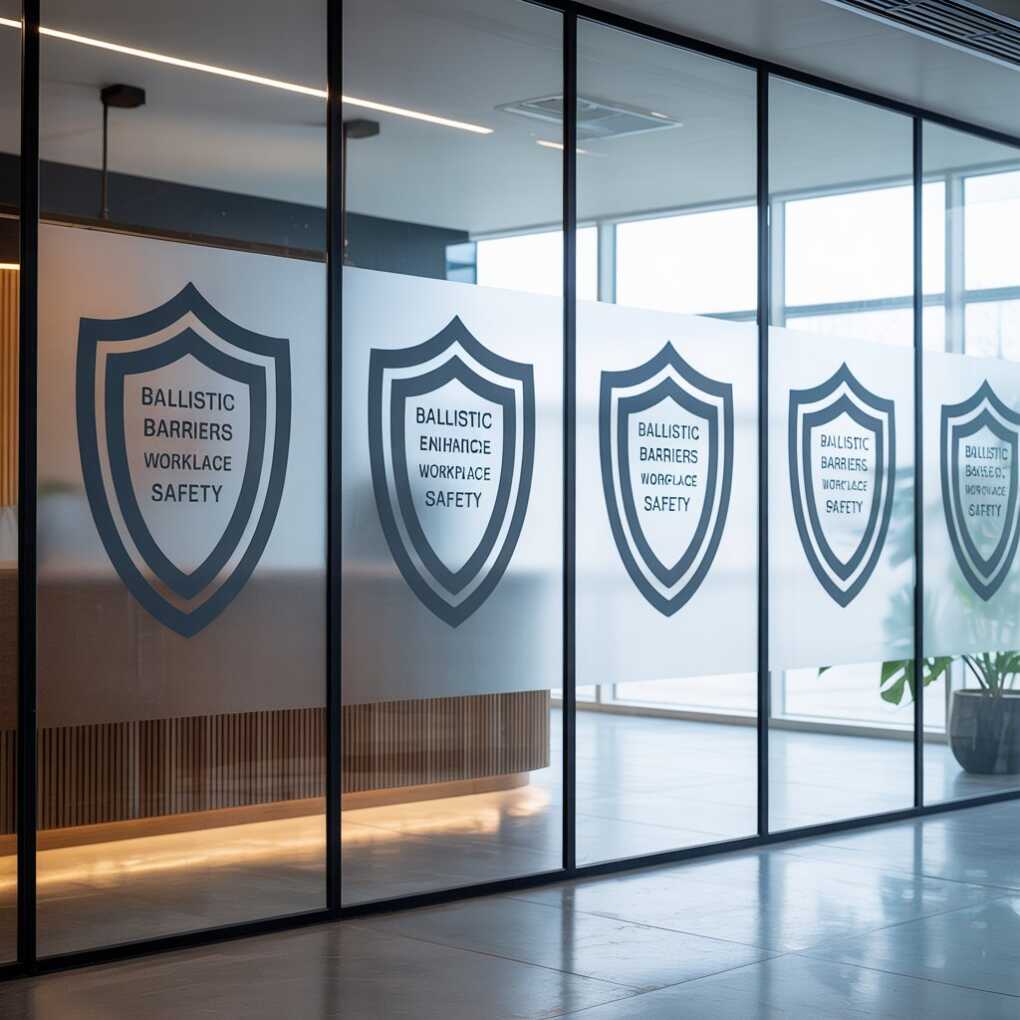Workplace safety has become an increasingly important topic across industries due to rising concerns about security threats, violent incidents, and the overall well-being of employees. Organizations continually seek ways to create safer environments that protect staff, clients, and visitors. Among the various security measures available, ballistic barriers stand out as a highly effective solution for reducing risks associated with firearms and other violent attacks. By integrating ballistic barriers into the workplace, businesses can create physical protective zones that not only deter potential threats but also mitigate damage in the event of an incident. We will explore how ballistic barriers contribute to enhanced safety, protect lives, and offer peace of mind in professional settings.

How Ballistic Barriers Improve Workplace Security: Key Benefits
Physical Protection Against Firearms
Ballistic barrier products are specifically designed to resist penetration from bullets and shrapnel, making them a crucial line of defense during armed attacks or accidental shootings. Constructed from reinforced materials such as steel, Kevlar, or bullet-resistant glass, these barriers absorb and disperse the energy from projectiles, preventing injuries and fatalities. In a workplace environment, this means that employees stationed behind ballistic barriers have a much greater chance of remaining unharmed during hostile events.
The presence of these barriers in reception areas, customer service desks, or critical access points reduces vulnerability by creating safe zones. Unlike conventional walls or partitions, ballistic barriers are engineered to withstand significant impact, thus playing a vital role in protecting lives and limiting physical property damage.
Deterrence of Potential Threats
The visibility of ballistic barriers serves as a psychological deterrent to individuals considering violent actions. When potential assailants notice that a workplace is equipped with bullet-resistant materials, they may be less likely to attempt an attack due to the increased difficulty in breaching such defenses. This proactive approach not only reduces the likelihood of incidents but also fosters a more secure environment for everyone present. Deterrence is a critical factor in workplace safety because preventing an attack altogether is far more beneficial than merely surviving one. Ballistic barriers, therefore, act not only as physical shields but also as signals of a well-prepared and security-conscious environment.
Minimizing Casualties and Injuries
In situations where threats cannot be prevented, ballistic barriers help to contain the damage and reduce casualties. By limiting the spread of bullets, these barriers create safe pockets within the workplace, allowing employees to take cover or evacuate safely. This containment effect can mean the difference between a single injury and multiple fatalities. Workplaces that install ballistic barriers often design them strategically to protect high-traffic or vulnerable areas, such as entrances, cash handling stations, and conference rooms. This careful planning ensures that even in the event of an incident, the impact on human life and property is minimized, allowing emergency responders to manage the situation more effectively.
Supporting Emergency Response and Evacuation
Ballistic barriers not only protect employees during attacks but also contribute to organized and safer emergency response procedures. These barriers can be integrated into building layouts to create secure zones where individuals can gather or await help. Such zones act as controlled environments that limit exposure to danger while rescue efforts are underway. Furthermore, ballistic barriers help guide evacuation routes by preventing assailants from accessing escape paths or critical corridors. This control over movement during emergencies facilitates quicker and safer evacuations, reducing panic and chaos. In essence, ballistic barriers enhance the overall resilience of the workplace against violent threats, supporting both immediate safety and coordinated emergency action.
Enhancing Employee Confidence and Morale
A workplace that visibly prioritizes safety through the installation of ballistic barriers sends a clear message to employees that their well-being is valued. This commitment fosters a sense of security and confidence among staff members, which can improve morale and productivity. Employees who feel protected are less likely to experience anxiety or distraction related to safety concerns. The psychological comfort gained from knowing that effective protective measures are in place helps maintain focus on work and collaboration. Investing in ballistic barriers, therefore, goes beyond physical safety; it contributes to a positive organizational culture where people feel valued and safeguarded.
Adaptability Across Various Workplace Settings
Ballistic barriers are not limited to a single type of workplace or industry. They are versatile enough to be installed in a range of settings, including corporate offices, healthcare facilities, banks, schools, and government buildings. This adaptability ensures that organizations across sectors can tailor their security measures according to specific risks and needs. Ballistic barriers are available in various sizes, materials, and designs to suit different architectural styles or functional requirements. Whether incorporated into reception desks, partitions, or standalone booths, these barriers provide scalable protection without compromising aesthetics or daily operations. This flexibility makes ballistic barriers a practical choice for enhancing safety without disrupting workflow.
Long-Term Cost Efficiency
While the initial investment in ballistic barriers may seem significant, the long-term benefits often outweigh the costs. By preventing injuries, reducing property damage, and limiting liability claims, these barriers help organizations avoid substantial financial losses associated with workplace violence incidents. Additionally, ballistic barriers require minimal maintenance compared to other security technologies, such as electronic surveillance systems or security personnel. Their durability ensures lasting protection, eliminating the need for frequent replacements or repairs. Organizations that implement ballistic barriers can therefore realize cost savings by mitigating risks and protecting their most valuable asset—their people—over time.
Conclusion
Ballistic barriers play a crucial role in creating safer workplace environments by providing physical protection, deterring threats, and supporting emergency responses. Their presence not only minimizes casualties and damages during violent incidents but also fosters employee confidence and morale. The adaptability of ballistic barriers enables them to suit various industries and settings, offering a cost-effective security solution. By integrating these barriers into their safety strategies, organizations take a meaningful step toward protecting their workforce and enhancing overall workplace security.
